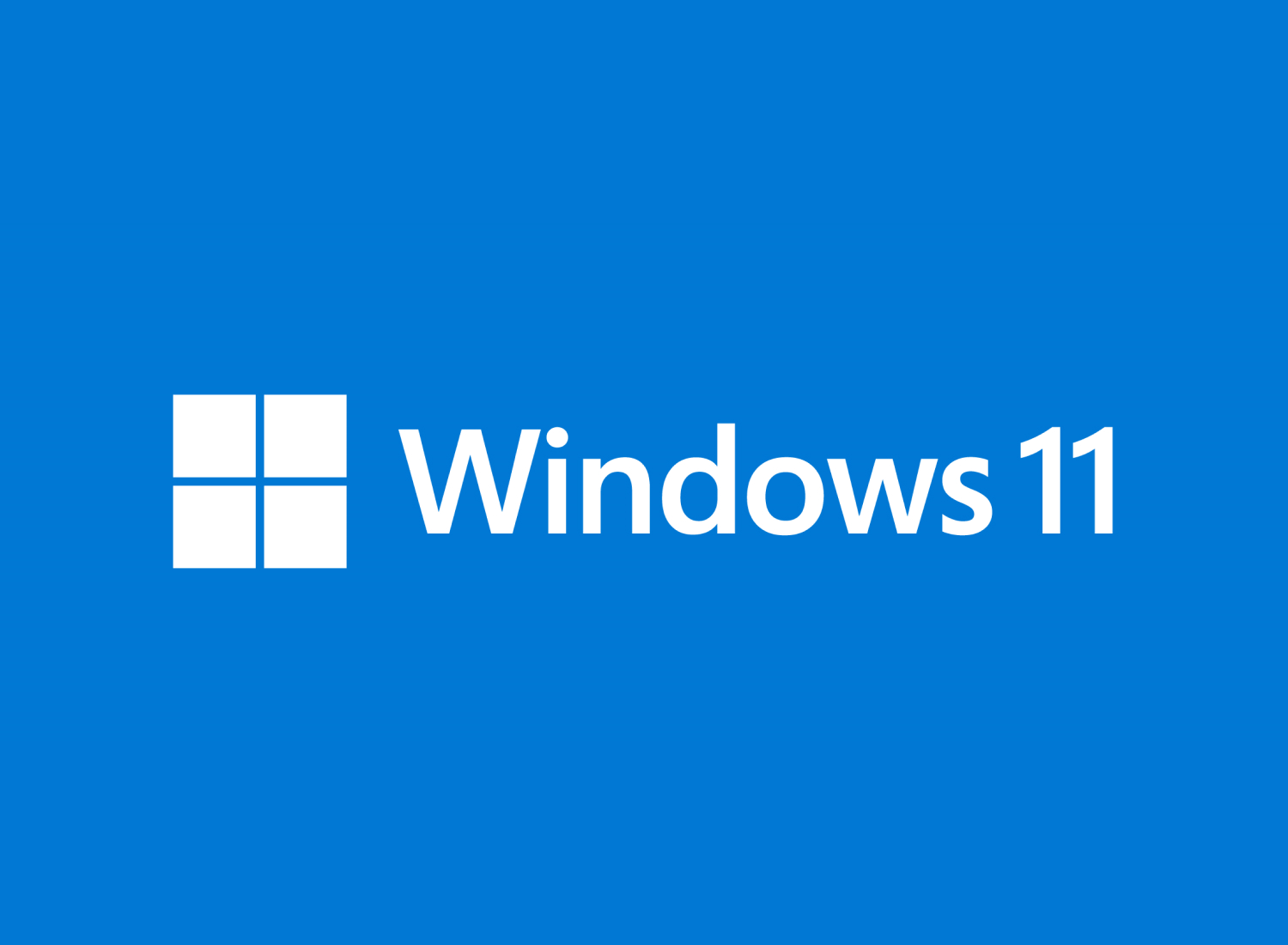The End of the Blue: Microsoft’s Bold Shift to Resilience
June 28, 2025, 4:52 pm

Location: United States, California, Sunnyvale
Employees: 1001-5000
Founded date: 2011
Total raised: $476M
In a world where technology is both a lifeline and a potential pitfall, Microsoft is making a seismic shift. The iconic Blue Screen of Death (BSOD), a symbol of system failure for decades, is being replaced. The new black screen is more than just a color change; it represents a fundamental transformation in how Windows operates. This move is part of the Windows Resiliency Initiative (WRI), a comprehensive strategy aimed at enhancing system stability and recovery.
For years, the BSOD has haunted users. It’s the dreaded message that signals a crash, a moment of panic. Now, Microsoft is turning the page. The new black screen is designed to streamline the recovery process. It’s a visual metaphor for resilience—dark, but with a promise of recovery. The change is not merely cosmetic; it’s a reflection of a deeper commitment to system durability.
The catalyst for this overhaul was the 2024 CrowdStrike incident. This event left millions of Windows machines inoperable, exposing vulnerabilities in the system. The fallout was significant, affecting businesses globally. Microsoft recognized that resilience isn’t just a feature; it’s a necessity. The WRI aims to fortify Windows against future disruptions, ensuring that users can bounce back quickly from failures.
The black screen is the most visible change, but it’s just the tip of the iceberg. Beneath the surface, Microsoft is implementing structural changes to how the operating system recovers from critical breakdowns. The initiative introduces Quick Machine Recovery (QMR), a feature that targets devices struggling to restart. Instead of waiting for IT intervention, QMR allows Microsoft to deploy fixes directly through the Windows Recovery Environment. This means less downtime and more productivity.
Imagine a car that can fix itself after a breakdown. That’s the vision behind QMR. It’s about keeping the wheels turning, even when the road gets bumpy. This feature is expected to roll out later this summer, providing enterprise controls for Pro and Enterprise editions.
Hotpatching is another game-changer. This feature allows Windows to install security updates silently, without requiring a reboot. It’s like a stealthy mechanic working under the hood while you drive. Users remain productive, shielded from potential threats, and unaware of the updates happening in the background. This approach minimizes disruptions and keeps systems secure.
Automated crash handling is also a key component of the WRI. No longer limited to individual devices, this feature operates at an organizational scale. Windows can now detect patterns of disruption across multiple systems and initiate coordinated recovery actions. It’s akin to a fire department responding to a blaze—swift, organized, and effective. This capability is crucial for large organizations that rely on interconnected systems.
IT administrators will also benefit from expanded control over recovery tools. They can configure QMR and related tools via policy, tailoring recovery strategies to align with organizational risk models. This flexibility empowers businesses to manage their systems proactively, rather than reactively.
The WRI doesn’t stop at recovery; it aims for continuity. Tools like Connected Cache lighten the network load during updates, while Universal Print Anywhere ensures document access remains secure. Windows 365 Reserve provides a fallback Cloud PC when local machines go offline. These features are designed to keep work moving, even when disruptions occur.
Microsoft’s commitment to resilience is a response to a world fraught with risks. The WRI is not just about fixing problems; it’s about anticipating them. It’s a proactive approach, ensuring that organizations are prepared for whatever challenges lie ahead.
The transition from blue to black is symbolic. It represents a shift in mindset. Microsoft is no longer just a software provider; it’s a partner in resilience. The company is betting big on the future, where systems are not only functional but robust against failures.
As the WRI rolls out, users can expect a smoother experience. The new black screen may be less alarming, but it carries the weight of a promise: recovery is just around the corner. The focus on speed and efficiency will redefine how users interact with their systems during crises.
In conclusion, Microsoft’s replacement of the Blue Screen of Death with a black screen is more than a design choice. It’s a strategic move towards resilience. The WRI aims to transform how Windows responds to failures, ensuring that users can recover quickly and efficiently. As technology continues to evolve, Microsoft is positioning itself as a leader in creating systems that are not just reactive, but resilient. The future of Windows is built on this foundation, ready to withstand whatever comes next.
For years, the BSOD has haunted users. It’s the dreaded message that signals a crash, a moment of panic. Now, Microsoft is turning the page. The new black screen is designed to streamline the recovery process. It’s a visual metaphor for resilience—dark, but with a promise of recovery. The change is not merely cosmetic; it’s a reflection of a deeper commitment to system durability.
The catalyst for this overhaul was the 2024 CrowdStrike incident. This event left millions of Windows machines inoperable, exposing vulnerabilities in the system. The fallout was significant, affecting businesses globally. Microsoft recognized that resilience isn’t just a feature; it’s a necessity. The WRI aims to fortify Windows against future disruptions, ensuring that users can bounce back quickly from failures.
The black screen is the most visible change, but it’s just the tip of the iceberg. Beneath the surface, Microsoft is implementing structural changes to how the operating system recovers from critical breakdowns. The initiative introduces Quick Machine Recovery (QMR), a feature that targets devices struggling to restart. Instead of waiting for IT intervention, QMR allows Microsoft to deploy fixes directly through the Windows Recovery Environment. This means less downtime and more productivity.
Imagine a car that can fix itself after a breakdown. That’s the vision behind QMR. It’s about keeping the wheels turning, even when the road gets bumpy. This feature is expected to roll out later this summer, providing enterprise controls for Pro and Enterprise editions.
Hotpatching is another game-changer. This feature allows Windows to install security updates silently, without requiring a reboot. It’s like a stealthy mechanic working under the hood while you drive. Users remain productive, shielded from potential threats, and unaware of the updates happening in the background. This approach minimizes disruptions and keeps systems secure.
Automated crash handling is also a key component of the WRI. No longer limited to individual devices, this feature operates at an organizational scale. Windows can now detect patterns of disruption across multiple systems and initiate coordinated recovery actions. It’s akin to a fire department responding to a blaze—swift, organized, and effective. This capability is crucial for large organizations that rely on interconnected systems.
IT administrators will also benefit from expanded control over recovery tools. They can configure QMR and related tools via policy, tailoring recovery strategies to align with organizational risk models. This flexibility empowers businesses to manage their systems proactively, rather than reactively.
The WRI doesn’t stop at recovery; it aims for continuity. Tools like Connected Cache lighten the network load during updates, while Universal Print Anywhere ensures document access remains secure. Windows 365 Reserve provides a fallback Cloud PC when local machines go offline. These features are designed to keep work moving, even when disruptions occur.
Microsoft’s commitment to resilience is a response to a world fraught with risks. The WRI is not just about fixing problems; it’s about anticipating them. It’s a proactive approach, ensuring that organizations are prepared for whatever challenges lie ahead.
The transition from blue to black is symbolic. It represents a shift in mindset. Microsoft is no longer just a software provider; it’s a partner in resilience. The company is betting big on the future, where systems are not only functional but robust against failures.
As the WRI rolls out, users can expect a smoother experience. The new black screen may be less alarming, but it carries the weight of a promise: recovery is just around the corner. The focus on speed and efficiency will redefine how users interact with their systems during crises.
In conclusion, Microsoft’s replacement of the Blue Screen of Death with a black screen is more than a design choice. It’s a strategic move towards resilience. The WRI aims to transform how Windows responds to failures, ensuring that users can recover quickly and efficiently. As technology continues to evolve, Microsoft is positioning itself as a leader in creating systems that are not just reactive, but resilient. The future of Windows is built on this foundation, ready to withstand whatever comes next.
